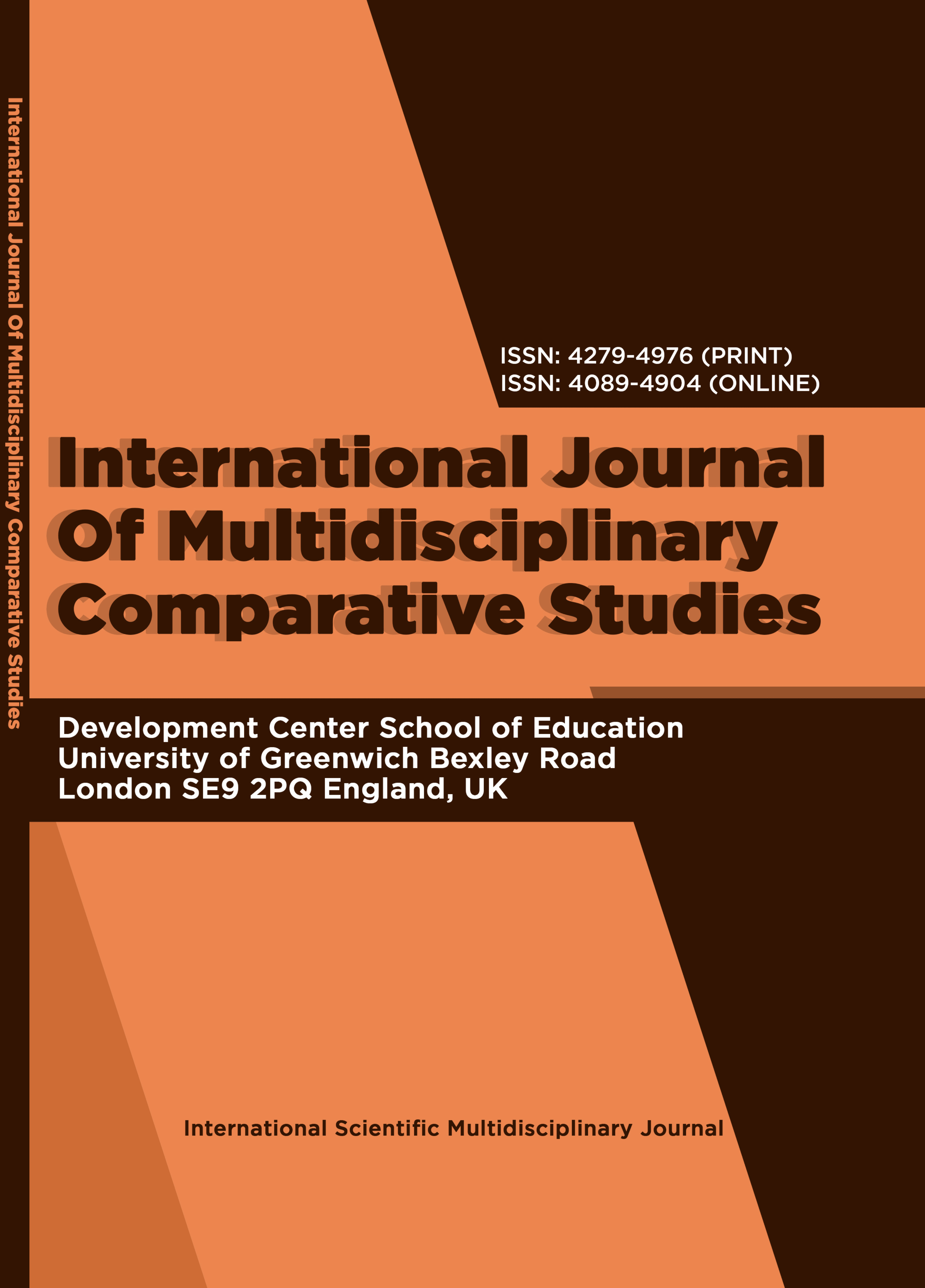INTERNATIONAL JOURNAL OF MULTIDISCIPLINARY COMPARATIVE STUDIES (IJMCS)
Socio-Demographic Determinants of Crime in Bayelsa State, Nigeria
E-ISSN: 4089-4904
P-ISSN: 4279-4976
DOI: https://iigdpublishers.com/article/867
Crime in Bayelsa State, Nigeria, follows distinct socio-demographic patterns rather than occurring at random. This study uses a systematic review of secondary literature and thematic analysis to show how age, gender, marital status, occupation, education, income and residential area influence involvement in crime. Situating Bayelsa within global and national contexts, we highlight the role of economic pressures, institutional weaknesses and geographic marginalization in shaping violence, kidnapping and petty theft. Our findings show that individuals aged 15 to 34, particularly unmarried men with low educational attainment and limited income, living in informal urban settlements or along creeks, are disproportionately represented among offenders. Informal work in farming and artisanal trades often conceals deeper frustrations linked to scarce opportunities. Interpreted through a strain-theory lens, these results suggest that unmet cultural aspirations and restricted access to legitimate means drive criminal behavior. Effective crime reduction thus requires integrated policy responses: youth employment initiatives, slum‐upgrading interventions, male-focused violence-prevention programs and flexible adult-education courses. Continuous data collection and community engagement are essential for monitoring impact and guiding long-term strategies. By connecting socio-demographic factors to structural exclusion, this study offers actionable insights for policymakers seeking to bend Bayelsa’s crime curve downward.
ENE WARIKIENTE ROBERT PhD & ELLAH CHARLIE CHUKWUDI PhD
Aminu, A., Manu, U., El-Maude, A., & Kabiru, M. (2013). Correlates of crime rates, unemployment levels, poverty, corruption, and inflation in Nigeria (1980–2009). International Journal of Social Sciences and Entrepreneurship, 1(3), 45–60.
Anumo, F. R., Anumo, F. N., Eze, E., & Lasisi, R. (2024). Youth unemployment and criminality: A study of burglary in Otuoke Community, Bayelsa State. EAS Journal of Humanities and Cultural Studies, 6(5), 138–142. https://doi.org/10.36349/easjhcs.2024.v06i05.001
Armed Conflict Location & Event Data Project. (2021). ACLED data. https://acleddata.com
Becker, G. S. (1968). Crime and punishment: An economic approach. Journal of Political Economy, 76(2), 169–217.
Blackmore, E. (2003). Determinants of crime in South Africa’s nine provinces: 1994–2001. South African Journal of Economics, 71(4), 713–737
